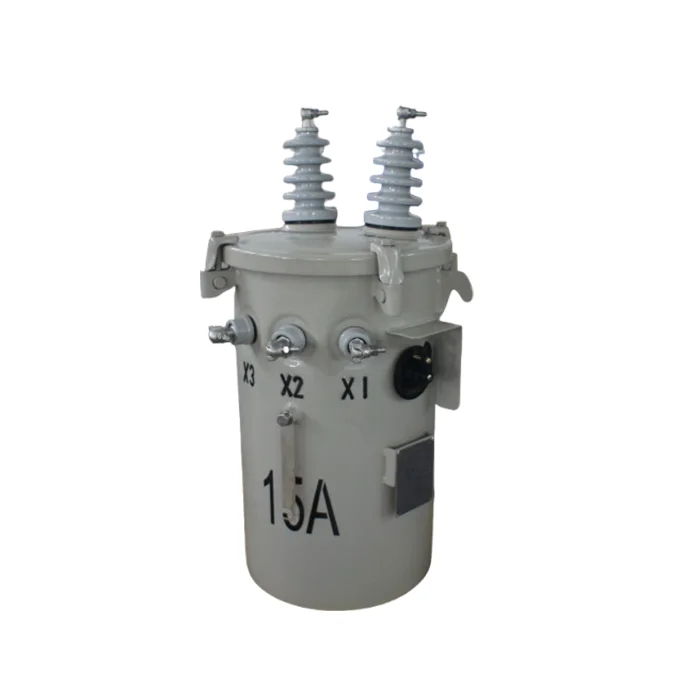Water treatment is a crucial process that ensures the provision of safe and clean water for various purposes. With numerous methods available, it becomes essential to identify the most common water treatment method. In this blog post, we will delve into the depths of water treatment techniques, exploring their effectiveness, advantages, and limitations. By the end, you will have a comprehensive understanding of the most prevalent water treatment method.
- Reverse Osmosis (RO) - The Gold Standard:
Reverse osmosis, commonly known as RO, stands out as the most common and widely used water treatment method. It involves the use of a semi-permeable membrane to remove impurities, contaminants, and minerals from water. RO systems are highly effective in eliminating bacteria, viruses, heavy metals, and dissolved solids, making it suitable for both residential and industrial applications. However, it requires a significant amount of energy and may result in water wastage. - Activated Carbon Filtration - A Versatile Approach:
Activated carbon filtration is another prevalent water treatment method that utilizes a porous material to remove impurities. It effectively eliminates chlorine, volatile organic compounds (VOCs), and unpleasant odors and tastes from water. This method is commonly used in point-of-use filters, water pitchers, and even large-scale treatment plants. However, it may not be as effective in removing certain contaminants like dissolved minerals or heavy metals. - UV Disinfection - A Powerful Germ Fighter:
Ultraviolet (UV) disinfection has gained popularity as an efficient method to eliminate harmful microorganisms from water. UV light damages the DNA of bacteria, viruses, and parasites, rendering them unable to reproduce and cause diseases. This method is chemical-free, environmentally friendly, and highly effective against a wide range of pathogens. However, it does not remove other impurities or alter the taste, color, or odor of water. - Chlorination - A Time-Tested Solution:
Chlorination, the process of adding chlorine to water, has been a widely adopted water treatment method for over a century. It effectively kills bacteria, viruses, and other harmful microorganisms, ensuring safe drinking water. Chlorine also acts as a residual disinfectant, providing ongoing protection against microbial regrowth in the distribution system. However, excessive chlorination can lead to the formation of disinfection byproducts, which may have adverse health effects.
Conclusion:
After a comprehensive analysis of various water treatment methods, it is evident that reverse osmosis (RO) stands out as the most common and widely used technique. Its ability to remove a wide range of impurities and contaminants makes it a preferred choice for both residential and industrial applications. However, it is essential to consider the specific water quality concerns and requirements before selecting a suitable treatment method. By understanding the strengths and limitations of each technique, we can ensure the provision of safe and clean water for all.









